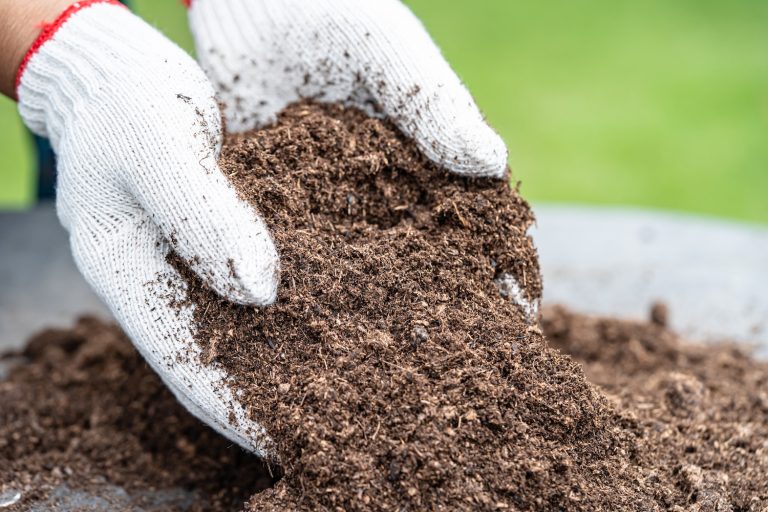
This blog covers sediment characterization in environmental assessments, highlighting solid-phase sediment, elutriate, and tissue analysis to evaluate contaminants, with tips on proper sampling, lab engagement, and expert result interpretation.
This blog covers sediment characterization in environmental assessments, highlighting solid-phase sediment, elutriate, and tissue analysis to evaluate contaminants, with tips on proper sampling, lab engagement, and expert result interpretation.
Our team partnered with Project Vesta, an organization specializing in the science of olivine deployment for carbon capture, to evaluate potential ecotoxicological effects of the mineral olivine to marine organisms.
Our team supported the consulting firm contracted by the pulp and paper mill to determine if metal limits presented in the draft wastewater discharge permit were scientifically sound. The biggest concerns that needed to be addressed were the low limits for copper, cadmium, zinc, and lead, which would have been challenging for the discharger to meet.
In 2020 the California State Water Resources Control Board (SWRCB) adopted a State Policy for Water Quality Control: Toxicity Provisions (Provisions). Subsequently, the SWRCB sought approval of the Provisions from the US Environmental Protection Agency (EPA). On May 1, 2023, EPA Region IX officially approved the Provisions for use as a regulatory tool under the Clean Water Act (CWA)
After many years of drafts, comments, discussion, debate, consideration, and negotiation, the California Statewide Toxicity Provisions are expected to be considered for approval by the State Water Resources Control (State Board) on December 1, 2020.
Whole Effluent Toxicity (WET) testing is a critical component of monitoring the health of aquatic ecosystems and it is included in many National Pollutant Discharge Elimination System (NPDES) permits. If your NPDES permit includes WET testing, it is important to understand why it exists and how to best implement it in order to save time, money, and other resources.
As part of the risk assessment framework, sediment constituent loads are often compared to common, but loosely relevant, benchmark levels as part of determining the potential for an impact to biological life.
For more than 10 years, our team has provided project management, consulting, and bioassay testing for an NPDES permit associated with a pump station at a large California Port.
Have questions? Our team is here to help. This form is for business-related inquiries only. By filling out this information, you are adhering to our privacy policy.